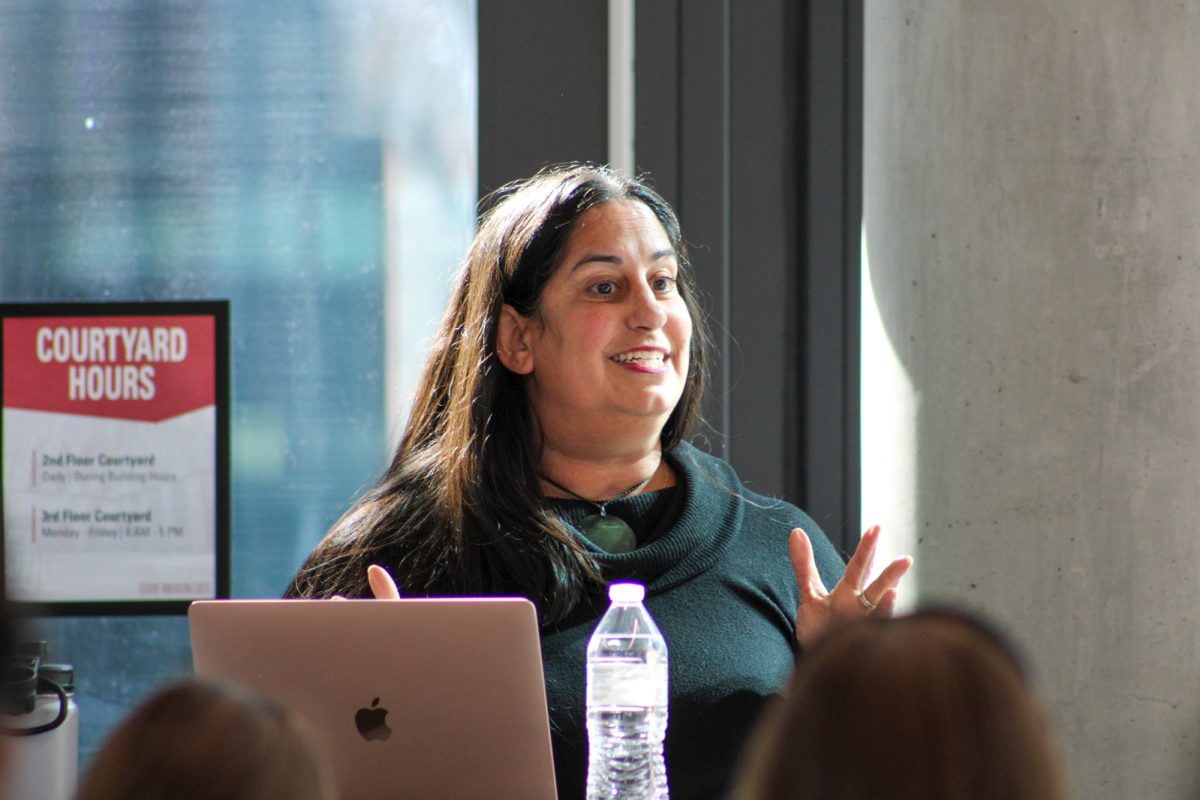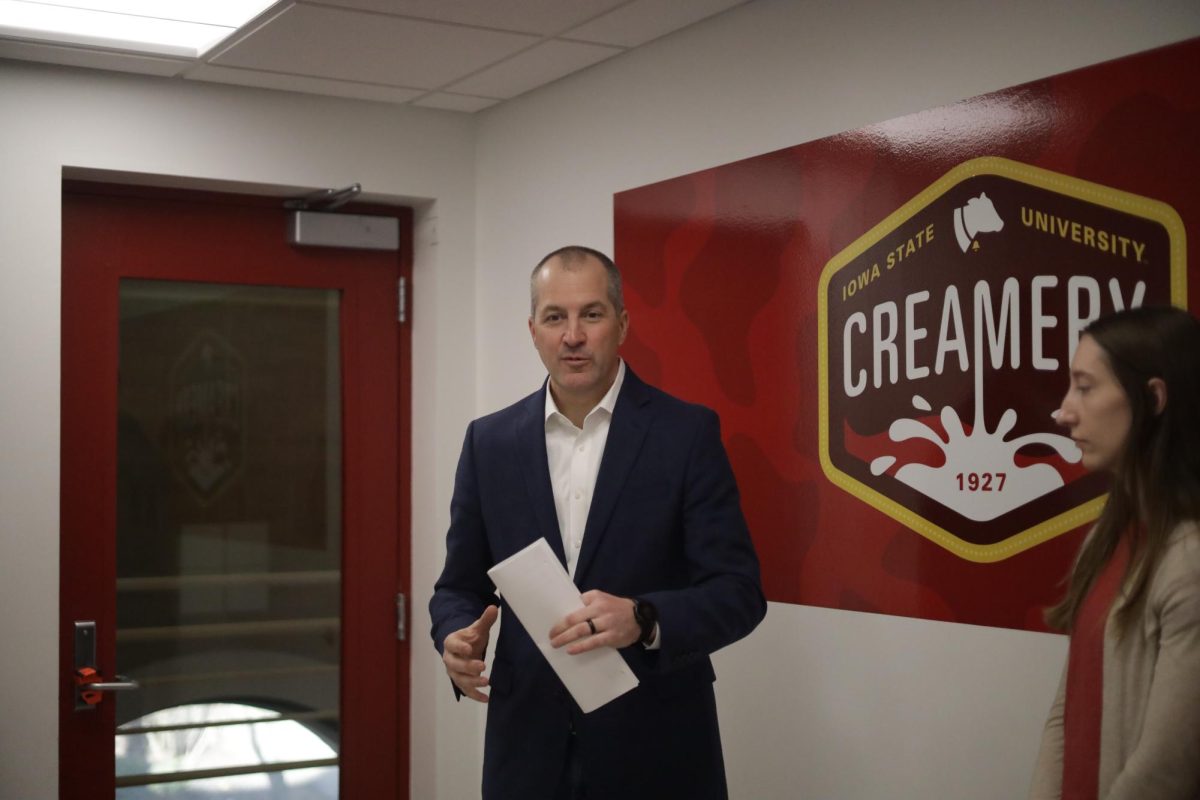The future of next generation space exploration is now
February 12, 2013
The NextGen classroom in Howe Hall buzzed with excitement as more than 90 students waited for the final seconds to countdown.
At 7 p.m., guest speakers from Space Exploration Technologies Corporation (SpaceX) launched their presentation, SpaceX: A Technology Powerhouse, on Feb. 11.
Meagan Karagias, SpaceX university programs and outreach representative, initiated the presentation with a short video clip, which gave a brief account on the company’s history and its current standing in the new space race.
In the video, SpaceX CEO and chief designer Elon Musk asked an important question, “How will NASA get back to the International Space Station?”
The future of personnel and cargo transportation to and from the space station may lie in the belly of the Dragon.
According to the company website, “Dragon is a free-flying, reusable spacecraft developed by SpaceX under NASA’s Commercial Orbital Transportation Services (Cots) program.”
Karagias said privately owned companies, such as SpaceX, have taken on the responsibilities of designing and developing next generation spacecraft handed down from government hands.
The exchange may not be totally without cost.
Karagias talked about how the spaceflight industry previously shied away from technology based on a belief that “reliability is a better goal than better technology.”
She said this belief caused spaceflight technology to lag behind cellphones, computer chips and other technology, which follow a concept that computer hardware continues to grow and advance at an exponential rate, called Moore’s Law.
Karagias explained that the ultimate goal at SpaceX is to “bring Moore’s Law to the spaceflight industry.”
Since the company’s founding in 2002, Karagias said SpaceX developed two fully-operational launch vehicles, designed and tested four rocket engines, and designed, built and launched a fully reusable space craft.
“That’s all in 10 years,” Karagias said. “Think about what’s going to happen in the next five, 10 or 15 years.”
According to Karagias, student interns played an important role in designing and developing those next generation spaceflight technologies.
“[As interns], you will be designing the next generation of hardware, and coding the next generation of software,” Karagias said.
Landing this internship requires a few important items on a resume list, such as university, major, grade point average and graduation year.
But above all else, Karagias stressed the importance of having hands-on engineering experience.
Because SpaceX interns are automatically put to the test the moment they walk through the doors, according to David West, guest speaker and SpaceX Dragon process engineer.
West recounted a short story about two of his previous SpaceX interns last 2012 fall.
“I had [a] number of things I needed to do, and I couldn’t do them all,” West said. “So I brought on two interns and they took on the responsibilities.”
A week after his interns started, West said he went on a recruiting trip with Karagias. Before leaving he said he gave them a few choice words, “Well, you guys have been here a week, let me know how it goes.”
During his one-week absence, West said both interns handled a “massive inspection” on the rocket production assembly with “flying colors.”
Karagias glanced at the audience.
“This is what you guys want, right?” she asked.
In response, a faint yet tentative chuckle emanated from the audience.
For students interested in being a part of the future of space travel as engineers, astronauts or researchers, Karagias recommended interning at SpaceX.
“The next best thing is right around the corner,” Karagias said. “We don’t wait.
“We’re always looking ahead.”







